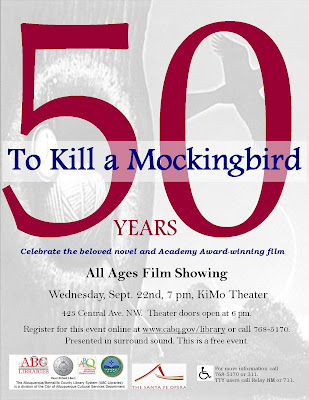
Queens is one of the five boroughs of New York City. The boroughs are coterminous with the five counties that comprise the city, out of 62 counties statewide: Manhattan (New York County), Brooklyn (Kings County), Staten Island (Richmond County); Bronx and Queens have the same county and borough names.
Queens is physically the largest of the NYC boroughs, at 109.7 square miles (284.12 square kilometers or 70,190.2 acres), and with 2.3 million people, the second-most populous, after Brooklyn; this is more people than any other whole US city, save for Los Angeles and Chicago. NYC has established 59 community districts in 1975, based on the historic development of communities, 14 of which are in Queens.
Queens has a rich history as one of the 12 original counties of New York State. You can read about that here. Just as interesting, though, is the fact that Queens is considered one of the most ethnically diverse counties in the United States. Here are just the ancestry groups with an estimated 25,000 or more, according to the 2009 American Community Survey 1-year estimates: Asian Indian 137,696; Chinese 190,183; Colombian 83,433; Ecuadorian 107,931; German 48,042; Greek 50,949; Guyanese 53,012; Haitian 44,226; Irish 82,543; Italian 153,704; Jamaican 50,828; Korean 59,690; Mexican 83,185; Polish 54,974; Puerto Rican 123,219; Russian 39,798; Salvadoran 26,571; plus a lot of less numerous groups as well.
I have some personal links with Queens. My mother’s uncle Ernest died of cancer in 1954, and then six months later, Aunt Charlotte and her four kids moved from small-town Binghamton (NY) to New York City, into a house in Queens. As Charlotte’s daughter Fran noted in a 2005 interview, her mother thought that with her “kids coming from a town where there were big back yards and big houses — and when we would get too noisy she would just put us in the back yard to run around — that we would be too much to move into an apartment…. So we moved into St. Albans, a three-bedroom house.” My family would visit that house several times a year when I was growing up; it seemed enormous but was probably dwarfed by the current McMansions.

Then in 1965, my family went to the World’s Fair in Flushing. Oddly, my most vivid memory was standing in line FOREVER to get to have something called Belgian waffles. With strawberries! And whipped cream!
My sister and her then-husband moved to an apartment in Jackson Heights c. 1976, and my eldest niece Rebecca was born there in October 1978; I first saw her within a month of her birth, and then several times subsequently, including on her first and second birthdays.
I even lived in that apartment in the summer of 1977; my sister was going back and forth between NYC and Boston. I won $48 in a radio contest, and I took my sister to see a New York Mets baseball game; they, too, are the pride of Queens. The Mets played at Shea Stadium, which was built in time for the 1964 season – and 55,000 Beatles fans were there in 1965. In the early 1970s, my father and I caught a New York Jets-Houston Oilers football game at Shea. The stadium was razed in 2008, replaced by Citi Field in 2009. There’s a documentary about the stadium, Last Play at Shea; the trailer is HERE.
Since I’m a librarian, I should note that the Queens Library is “an independent, not-for-profit corporation and is not affiliated with any other library… With a record 23 million items in circulation for FY 2009, the Library has the highest circulation of any public library system in the U.S. and one of the highest circulations in the world.”












